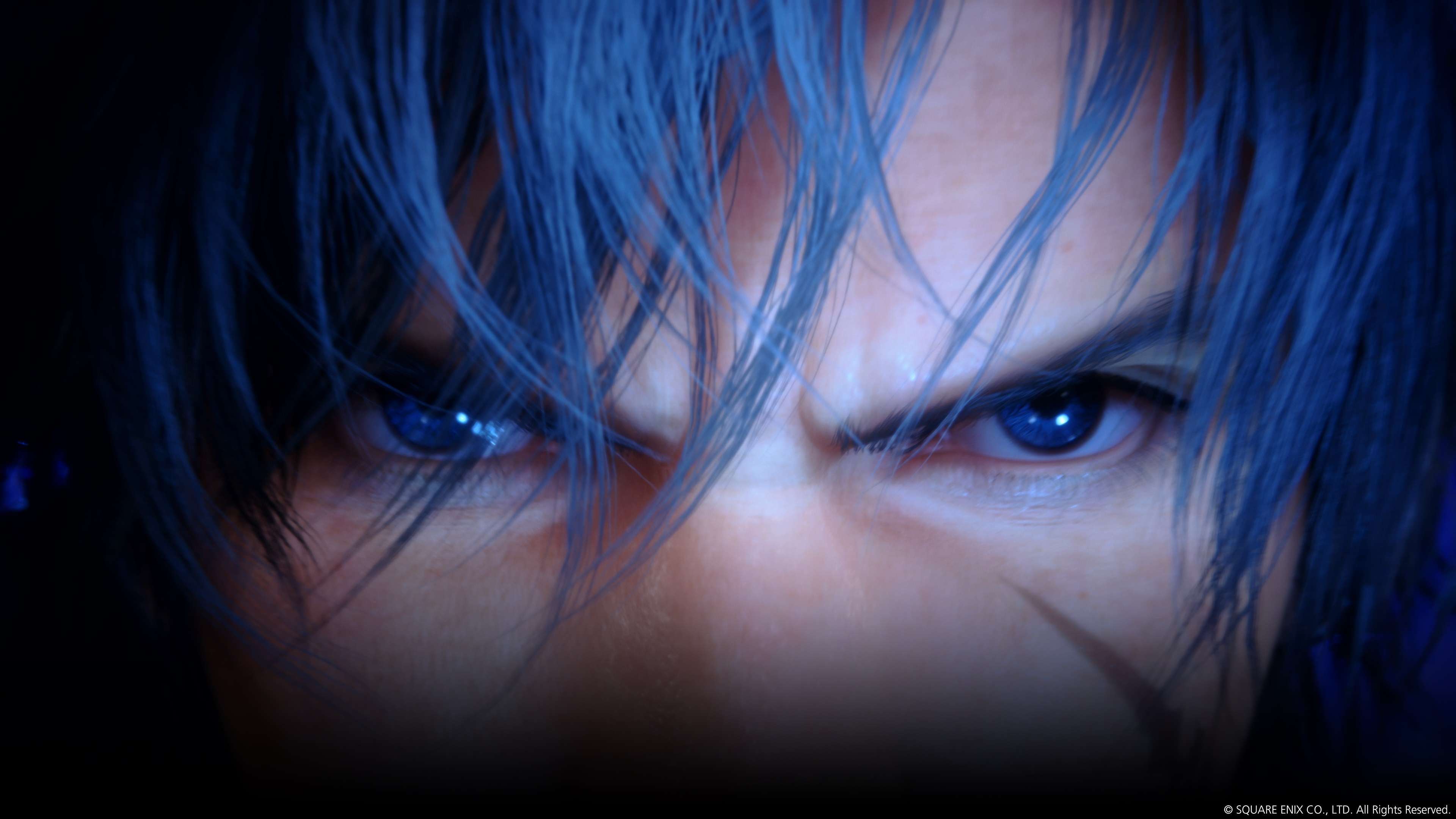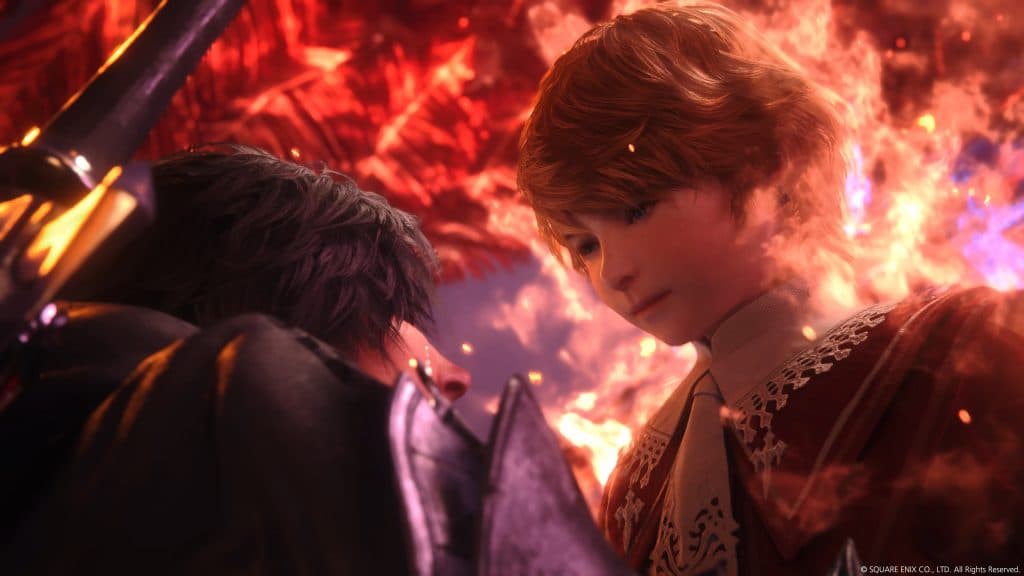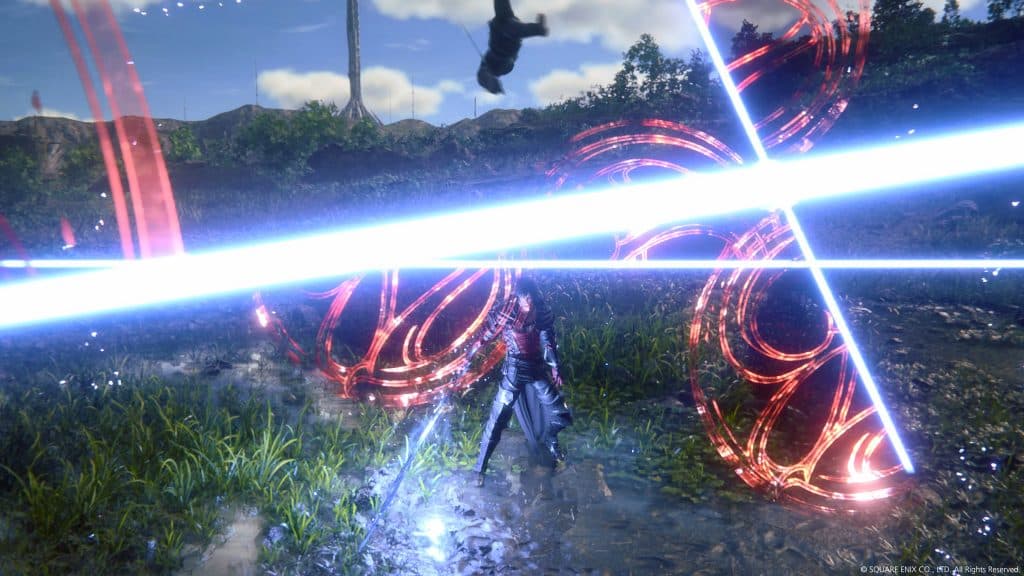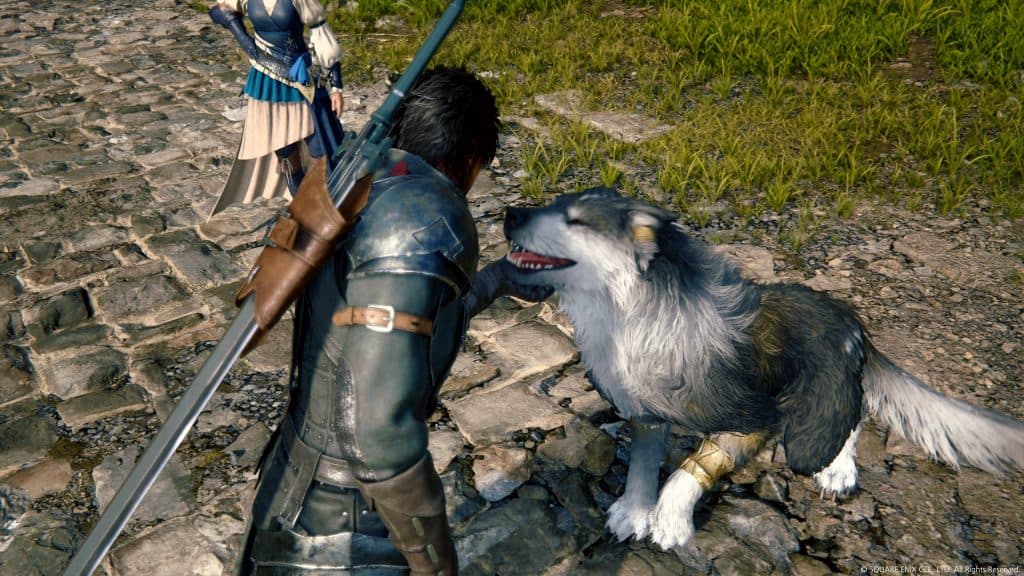Final Fantasy 16 Preview: Square Enix’s big gamble is paying off

Candidly, I admit to not being a Final Fantasy lover. The franchise, along with most JRPGs, was just not a part of my childhood gaming diet. That long-felt reverence for Final Fantasy 7 or debating if 9 or 10 is better has always been alien to me. While I played about half of Final Fantasy 15 and enjoyed my time with it, while also having a lot of respect for the series, it’s just never really been for me.
That’s why sending myself to go see five hours of Final Fantasy 16 at the Tower of London back in April might appear to be a strange decision. However, it was deliberate. By all accounts, Final Fantasy 16 is curving towards a different audience. This appears to be a big swing by the franchise in order to have its cake and eat it too, as it tries to appease both its traditional audience and bring in more Western players more familiar with the likes of The Witcher.
I am the kind of player that Square Enix wants to convert. This approach is a risk by the development team. By trying to appease more people, it could end up catering to less. However, if Naoki Yoshida and his team pull it off, it also has the potential to propel the franchise even further.
After spending a day with the game, I can say – I’m optimistic about its chances. This is most definitely a Final Fantasy game, but it’s also undeniably different from what I’ve experienced from the franchise. This feels like a creative gamble from the development team and from the early portions of the game I played, I can say, it feels like it is working.
Game of tones
While Final Fantasy has always taken inspiration from other sources, at its core, there’s been a familiarness that ties the franchise’s disparate numbered entries together. They were Final Fantasy games first, with a conceptual twist second.
Final Fantasy 16 weights that identity very differently, and it’s not subtle. Within the hour, you’ll have a very good sense of just how heavily the game is pulling from recent Western, mature fantasy. This is a Final Fantasy game marinated in a rich soup of The Witcher and Game of Thrones.
Perhaps the most jarring new flavor is that the characters now swear. Sadly though, Square Enix decided not to go with experimental new titling and call it ‘Final Fantasy, they drop F-bombs in it now’. Even as someone mostly familiar with the franchise through context clues, it’s still a little strange to hear cussing in this universe.
There’s also more raunchiness to the title. In the vein of those modern Western fantasies, Final Fantasy 16 is not afraid to make pretty overt sexual suggestions about its characters. In one scene, one character straddles another as they talk all grossly about their ultimate, sexy plans of evil.
None of this is bad. It gives Final Fantasy 16 a distinct flavor. Seeing a Japanese team so well-versed in prolific RPGs interpret these influences is something that works for the feel of the game. It’s jarring to begin with, but as you play through this world, it’s hard to not get swept up in the scope of what Square Enix is trying to execute here.
Dead or a Clive

In Final Fantasy 16, you play as Clive, which remains a hilariously blunt name for a protagonist in this series. Clive, the Final Fantasy protagonist, is the firstborn son of Elwin, the head of Rosaria’s ruling family. However, he’s not the next in succession. Within the family is a Pheonix ‘Dominant’ (these are essentially humans who can use magic, often manifesting in massive monstrous avatars), and that spirit decided to pass over Clive for his younger brother Joshua.
Clive then finds himself in a complex role in the family, being the eldest born, looking after his sibling, and being conscripted to service for Rosaria, becoming one of the best soldiers in the Duchy. However, because he was shunned by the Pheonix, he’ll never take the throne, leaving him with a permanent aura of disappointment.
In the opening hours of the game, you will learn a lot about this world, the characters, and the history. This comes in the form of cutscenes. A lot of cutscenes. In the opening act setting up the story, do not be surprised to see around 30-45 minutes of cutscenes. This isn’t terrible, but it can feel like a lot one after the other. There are also time skips back and forth to get your head around. These opening hours, which will be released as a demo, are dense with story and world-building.
That said, within the two or so hours it takes to complete the opening which goes through Clive’s younger years, the stakes rise quickly, and very brutally. There’s no doubt about who Clive is, and why he’s motivated to go on his adventure once you finally take control of him later in his life.
One thing to emphasise here though, is that this story and what the developers are building here is spectacular. It is a sight to behold, with many landscape-shattering battles between massive Dominants. It also makes way for that amazing quiet beauty the franchise is known for. This is a beautiful world full of interesting characters. And it’s one I’m eager to fall deeper into.
Power Fantasy

Final Fantasy 16 feels like the endpoint for a combat idea that the series has been exploring for the last few entries. We’re a long way from the old turn-based combat days, as Final Fantasy 16 is as action combat as you can get.
First of all, feeding further into its Western influences, in Final Fantasy 16, you only control Clive. The pseudo-party control from 15 is gone, and while Clive can have companions, they’re only there for story reasons, and from what I played, do not remain consistent. They also do what they like in battle, almost purely acting as extra damage on the field.
However, Final Fantasy’s combat doesn’t feel anything like what you might find in The Witcher or Assassin’s Creed. Instead, once you get into a brawl, the game oozes Devil May Cry. This is a combo-heavy game, and it’s blisteringly fast and fluid. There is a bewildering amount of upgrades to be had in the game, but more than that, there are various families of power you can switch between on the fly.
While Clive is not the Phoenix Dominant, he is still touched by its magic and can wield Pheonix powers. However, he also has access to other Dominant abilities he gains through the game. This manifests in Clive having various trees of abilities he can swap between instantaneously to keep his combos flowing. Think of it almost like the new Lightsaber stances in Star Wars Jedi: Survivors. It creates this expansive, fluid system that is just a ton of fun to use.
You’ll have a lot of time to figure out the best combos for damage too, because, through my playthrough, the majority of my fights were boss fights. While there were some with larger groups of enemies, Final Fantasy 16, at least in its early portions, is very interested in longer engagements with a single target. This creates this fun sense of attrition in fights, and as numbers fly up denoting damage during enemy stun phases, you can, in real-time, see how your combo work is coming together. It can be a bit frantic, but I’ve had a blast with the game’s combat thus far.
From the early hours I’ve played, Final Fantasy 16 appears quite linear, but I’ve seen the promise of a wider world out there to explore. There is a central hub area that opens up as you get into the ‘present day’ Clive’s story and I’ve seen a more open pocket where you could explore off the critical path. It will be interesting to see how much the game allows you to explore if it opens up, and I’ve gotten whiffs that it will, however, from what I’ve played, it feels very on-rails for the most part.
Landing the Pheonix

As I opened, Final Fantasy 16 appears to be trying to expand its audience. Its influences are clear as day, with Square Enix clearly trying to allure The Witcher player or Game of Thrones watcher who may not otherwise pick up a Final Fantasy game. I will say, after the time I spent with it, the game is mostly succeeding, at least when it comes to me.
There’s something is compelling here, but I’ve no idea how these changes will be welcomed by diehard fans. I loved the combat, I found myself drawn into the characters, and there are big old monsters laying into each other as the world trembles around them. There’s a lot to like here.
However, despite all these influences, at its core, this is still a Final Fantasy game. It’s in its storytelling, its characters, creatures, and world design (and of course, the odd Chocobo running around) that you will feel the franchise’s DNA seeping through. Will that be too much for players previously turned off by the series, and will it be enough for those who have come to love these aspects? That’s the tightrope that this game is attempting to straddle.
I can only really speak for myself here, but I left my time with the game wanting more. I’m not 100% sold all of this gels together into something entirely cohesive yet, however, there are enough story threads, spectacles, and dazzling execution that I’m eager to see the team to weave it together. This is an ambitious maneuver, and while there are small hints of turbulence when it comes to making it feel like a united whole, I want to see them attempt to land this hulking Boeing of a game.